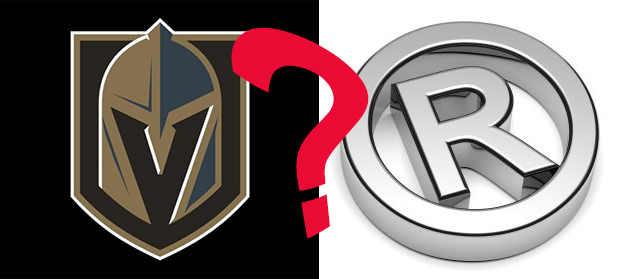Trademarks and trademark law are a tricky legal property. For one, trademarks are technically “owned” by the individual or entity that uses the mark in association with goods or services in commerce. Yet the underlying purpose of trademarks is to protect the relevant consumer. Trademarks are only valuable (and protectable) to the extent the consumer associates that mark with the source of particular goods and services.
How do you get a trademark? It is not difficult. The exact moment you select a word, logo, slogan, phrase, or design – and “use” it in association with particular goods and services in the stream of commerce, it becomes a legal trademark. While the definition of “use” can be nebulous and imprecise, essentially any sales or marketing efforts that target consumers or customers across interstate lines can be proper trademark “use” that breathes life into a mark. This provides what is known as “common law” trademark rights. These rights are enforceable in a court of law.
The obvious follow-up question then is: if getting a trademark is so easy, why should I bother going through the process of applying for a state or federal trademark registration? What do I get for my money? We have now stumbled across the purpose of this article.


Recent Comments